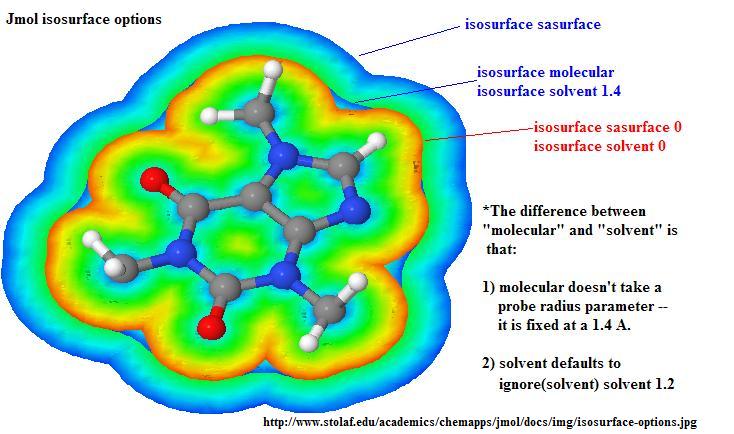

Here the starting image represented by the uploaded Tips and examplesĪfter the result is created a new page is displayed. Others like Spacefill may also prove useful. Several different ways of displaying the structure can be chosen here. Speed at which the individual time points will be displayed in the resulting “video”. lipids, cofactors, water, etc.) Here you can choose if you want to display Just protein or PDB files often contain not only the protein data but also other molecules present in the crystal Color with no dataĬhoose color for regions of protein for which the H/D was not followed. Background colorīackground color of the resulting images. 100% ColorĬhoose color representing the highest level of deuteration. 0% ColorĬhoose color representing the lowest level of deuteration. Tick this box if you want to use different color scheme than the preselected rainbow representation. In other case enter the number of residues by which your sequence and the PDB file differs. If your sequence exactly matches the sequence This option allows you to place your data correctly onto the model. It is noteworthy that this strategy does not have any problems with overlapping peptides notĮxamples of digest files can be downloaded/viewed here –

If you swap the order, the 1-30 will cover the preceding two ones and heat map will cover entireĬontinuous string 1-30. peptides 1-30, 1-12, 6-10 are best placed in the order (from top to bottom) as The script willįirst color the region of the model with the first peptide then place the second over the first one and the third one In following manner – place first the longest peptide and after that place the shorter one and so on. If non-overlapping peptides can’t be found assemble the order of the overlapping ones The users are advised to useĮither non-overlapping set or to calculate differences for peptides having one common end (e.g. Special care should be taken if overlapping peptides are present in the data set. Them) are ignored, so you can leave empty lines between peptides or insert some comment line. The linesīellow header are reserved for the actual data, each line must contain peptide limits, time and percentage ofĭeuteration at the respective time point Lines that not containing appropriate number of columns (and numbers in Next columns are reserved for individual conditions and their description is placed on the first line. First line must contain the headers (first three columns) From, To and The format of this file is slightly more complicated, all columns have to be separatedīy tab. This text file contains information about peptides and their deuteration (expressed in %) at different timesĪnd under various conditions.
#Jmol color scheme download
You can download an example structure file The correct location is then achieved by setting of the However the tool allows plotting of the data covering part The parts of no interest prior to its use in JMol. If you work just with a part of the protein you can edit the file and delete You can also include the actual link to MSTools: Input fields Structure file "MSTools - Web based application for visualization and presentation of HXMS data" Int. J. Mass Spectrom. If you are using MS Tools use this citation in your papers please:
#Jmol color scheme Offline
Represented by JMol scripts can be downloaded and used for offline visualization in your local copy of Results can be viewed in yourīrowser but require Java environment installed on your machine. In addition a “video” showing the evolution of deuteration is created. Each condition and each time point is represented by a single picture. Uploaded PDB file is displayed and the regions for which H/D data are provided are colored according to JMolScripter is a tool for visualization of H/D exchange results on the existing 3D protein model.


 0 kommentar(er)
0 kommentar(er)
